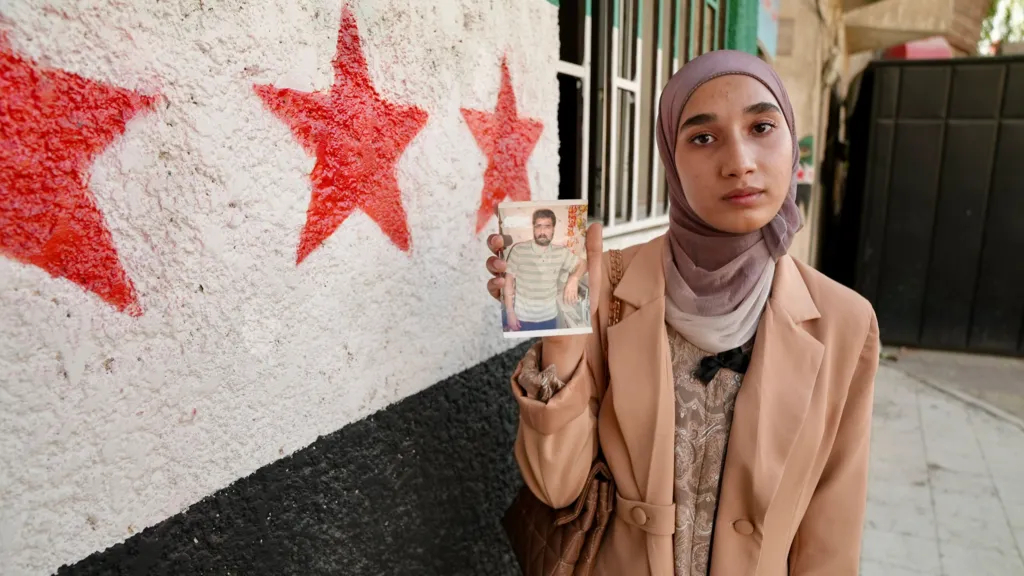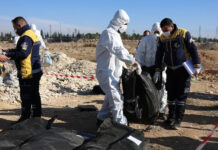
In the months following the collapse of the Assad regime in December 2024, Syria’s transitional government has moved to address the vast scale of enforced disappearances that marked the 14-year conflict. A UN-backed institution and a newly formed Syrian commission are coordinating efforts to locate hundreds of thousands of missing persons.
Karla Quintana, Assistant Secretary-General for the UN body policing missing-person cases in Syria, told reporters her organization entered the country in January and is now working “to find a way forward” with its Syrian equivalent. She said “everyone has someone or knows someone that is missing in Syria.”
Estimates vary: the UN initially placed the number of missing at 130,000, while the head of the National Commission for Missing Persons, Muhammad Reza Jalkhi, has cited figures between 120,000 and 300,000 and cautioned there “could be more.”
Cataloging the Missing, Learning from Bosnia
The Syrian commission, established by presidential decree on May 17, aims to build a national registry, investigate mass graves and provide legal-humanitarian support for families. It recently participated in a panel in The Hague hosted by the International Commission on Missing Persons (ICMP), and traveled to Bosnia and Herzegovina to study how that country identified 30,000 of 40,000 missing from its war. Jalkhi said the visit helped his team understand the technical challenges: “what we learned… mistakes made early in drilling and extraction can lead to many catastrophic errors.”
Implementation remains slow: the commission lacks sufficient forensic laboratories and faces pressure from families demanding immediate answers. A spokesperson, Zeina Shahla, said they are “trying to manage expectations… we told families we are just getting started, even though the process unfortunately will take many years.”
Aid Worker Case Reveals Gaps in Protection
While government and UN efforts advance, the abduction of humanitarian worker Hamza al-Amarin underscores the persistent dangers facing relief personnel in Syria. On July 16, 2025, Amarin, head of the Emergency Response Center of Syrian Civil Defense (White Helmets), was intercepted near the Omran roundabout in Suwayda province while evacuating civilians at the request of the UN—his clearly marked vehicle was seized and he remains missing.
Reports indicate his last communication told his wife: “I’m in Suwayda. I’m fine, but take care of yourselves.” The next morning, a stranger answered his phone and said he was “fine” before the line went dead. The Syrian Network for Human Rights (SNHR) revealed that his brothers and nephew were also previously disappeared and warns that the abduction “adds to a series of violations that have targeted humanitarian workers.” Amnesty International released a statement condemning the abduction and urging Druze militias to release him.
Building Trust While Facing Vast Backlogs
The discovery of over 60 mass graves across the country, many containing accounts of 175 bodies at sites such as Al-Otaiba in Eastern Ghouta, adds urgency to the process. At the same time, thousands of families wait for answers—even as some officials linked to disappearances remain abroad or at large.
Quintana stressed the technical and moral importance of creating a robust forensic and data network, “We don’t want the families or the mothers of the missing to start dying before us being able to find an answer.”
The challenge for Syria’s transitional authorities is clear: they must build credible mechanisms for truth-seeking and justice, while protecting humanitarian actors and ensuring no new disappearances escape attention. For the families of the missing, neither bones nor policy will close the wounds—but they insist that acknowledging loss is itself a vital step toward national healing.









